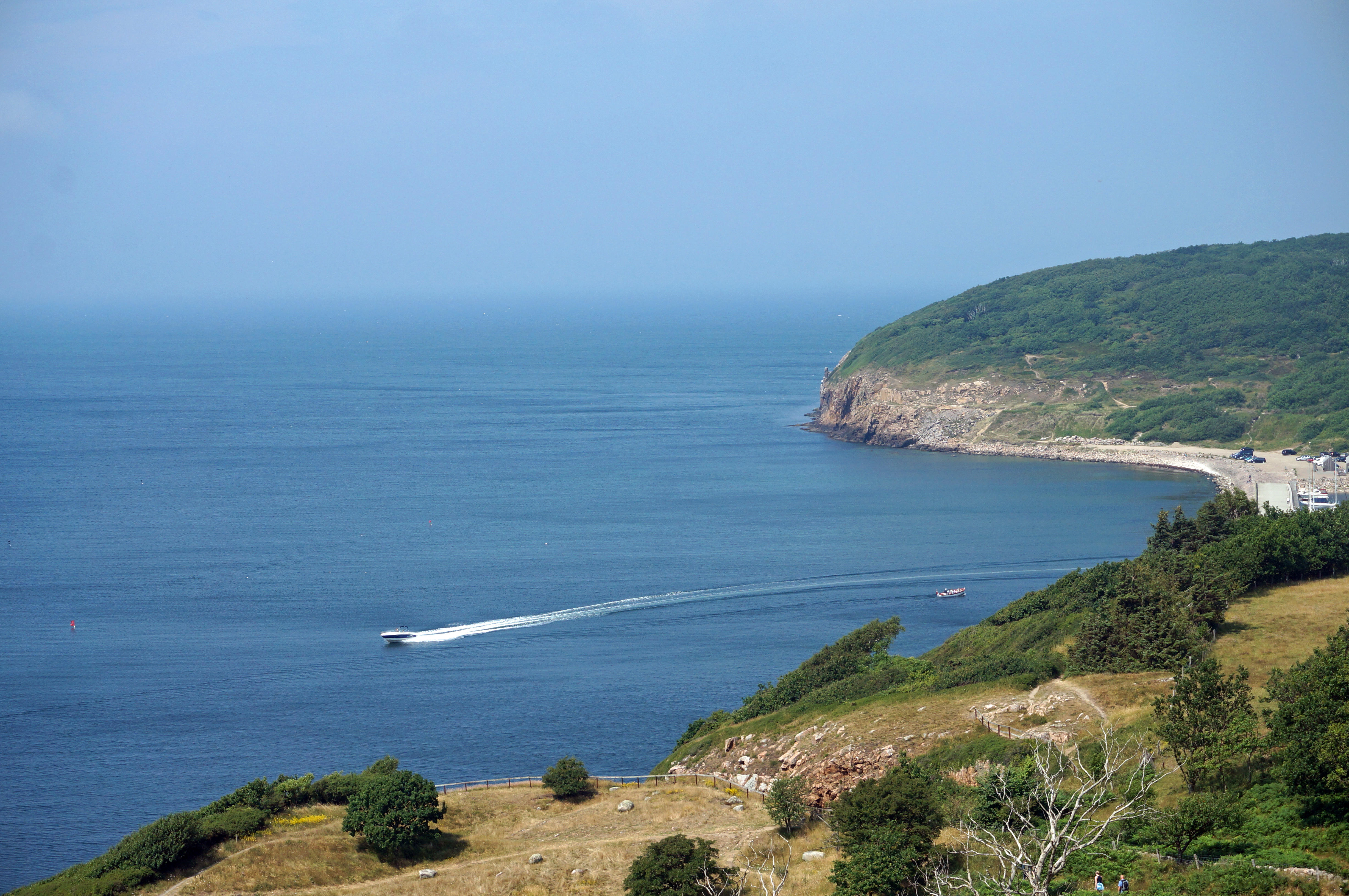Seismic network registers two explosions near Russian gas pipeline leaks
Leaders of Poland and Denmark and experts have raised concerns that the leaks on the Nord Stream 1 and 2 pipelines were sabotage.

Sweden’s national seismic network has said it detected two explosions close to unusual leaks in two Russian natural gas pipelines running under the Baltic Sea to to Germany.
The network said it registered one blast early on Monday south east of the Danish island of Bornholm, and a slightly larger one later that night north east of the island.
Leaders of Poland and Denmark and experts have raised concerns that the leaks on the Nord Stream 1 and 2 pipeline were sabotage.
The incidents overshadowed the inauguration of a long-awaited pipeline that will carry Norwegian gas to Poland in efforts to bolster Europe’s energy independence from Moscow.

An energy standoff over Russia’s war in Ukraine halted flows on Nord Stream 1 and prevented supplies from ever starting in the parallel Nord Stream 2.
Ms Frederiksen, Mr Morawiecki and Polish President Andrzej Duda symbolically opened a valve on a yellow pipe belonging to the Baltic Pipe, a new system that will carry Norway’s gas across Denmark and the Baltic Sea to Poland.

In central Europe, where distrust of Russia runs high, there were fears that Moscow sabotaged its own infrastructure out of spite or to warn that all pipelines are vulnerable to attack.
The leaks emerged off the coast of Denmark and Sweden, raising the stakes on whether energy infrastructure in European waters was being targeted and leading to a small bump in natural gas prices.
“We can clearly see that this is an act of sabotage, an act that probably means a next step of escalation in the situation that we are dealing with in Ukraine,” Mr Morawiecki said.

“The arrow points in the direction of Russia,” he said. “No one in the West is interested in having any kind of instability in the energy market.”
The extent of the damage means the Nord Stream pipelines are unlikely to carry any gas to Europe this winter even if there was political will to bring them online, analysts at the Eurasia Group said.
“Depending on the scale of the damage, the leaks could even mean a permanent closure of both lines,” Henning Gloystein and Jason Bush wrote.
They noted that undersea pipelines are designed so they can not be damaged accidentally and leaks are rare.
“Leaks of this size are a severe safety and environmental hazard, especially should Russia not stop pumping gas into the system,” the analysts said.
“But I think if we look at who would actually benefit from disturbances, more chaos on the gas market in Europe, I think there’s basically only one actor right now that actually benefits from more uncertainty, and that is Russia,” he added.
Asked if the leaks may have been caused by sabotage, Kremlin spokesman Dmitry Peskov said “no version could be excluded”.
“This is an unprecedented situation that requires an urgent investigation. We are extremely worried by this news,” he told reporters.
Denmark established a prohibited area to ensure ships do not go near the leaks. Ships may lose buoyancy, and there may also be a risk of ignition above the water and in the air, authorities said.

Plunging Russian supplies have caused prices to soar, pressuring governments to help ease the pain of energy bills for households and businesses as winter nears. The crisis has also raised fears of rationing and recession.
European countries have struggled to find other supplies of gas, which heats homes, generates electricity and runs factories. Poland, for example, was on track to free itself of Russian gas after working for years to secure other sources, including liquefied natural gas (LNG) from the US and Middle East. Germany, in contrast, is only now racing to build LNG terminals.
The Baltic Pipe is a prominent element in the European Union’s search for energy security and is to start bringing Norwegian gas through Denmark and along the Baltic Sea to Poland on Saturday.





